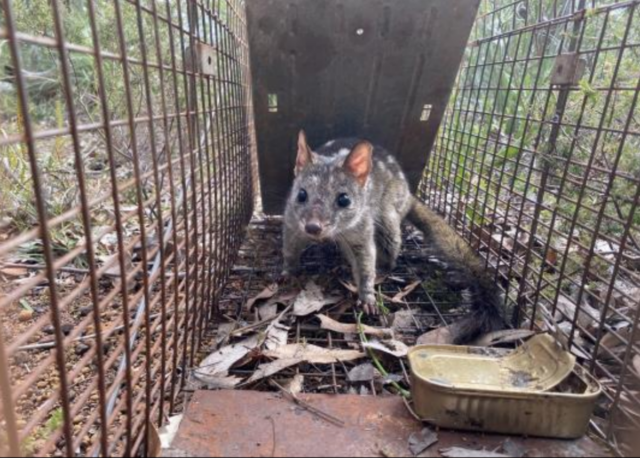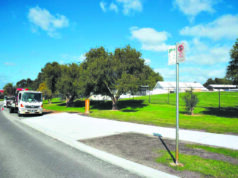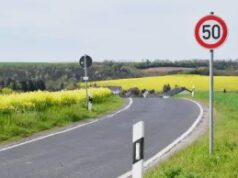
A five-year program to boost native and control feral animal populations has had remarkable success in parts of the City of Armadale.
The city is in charge of conserving over 1500 hectares of bushland reserves.
The biodiversity in these areas is under persistent threat from dieback, clearing, fire regimes, pathogens, and feral animals.
“Monitoring and evaluating patterns of change in biodiversity is essential to inform condition and the ecological response to environmental change and adaptive management activities.
Failure to actively address the abovementioned threats, may lead to even greater costs in future to mitigate the adverse effects on ecosystem health, directly contributing to population decline, and/or the irreversible loss of native fauna, if not addressed in the nearer term,” council officers said.
In 2016, the City of Armadale embarked on a Fauna Project with an aim to establish numbers and types of animals, and trends in order to inform how best to manage three priority areas chosen for their biodiversity: Forrestdale Lake Nature Reserve, Bungendore Park and Armadale Settlers Common Reserve.
The results from that project triggered the first strategic and targeted actions by the city to manage fauna across these sites. Tools like fauna abundance surveys, a feral animal control program, dieback treatment and habitat supplementation were the hallmarks of the strategies employed.
In 2017, council resolved to hand management of Forrestdale Lake to the state. And in 2018 feral animal control and fauna surveys were also started at Roley Pools.
While there was little to celebrate after five years of trying to manage issues within Armadale Settlers Common, the results in Bungendore Park near Bedfordale are very encouraging.
Results of the program show there was an overall increase in conservation significant species and decline in introduced species trapped between 2018 and 2022 in Bungendore Park.
Most remarkably, two chuditch with babies in their pouches were trapped for the first time in 2022 and identified 25 times on camera traps suggesting the program may have contributed to the successful return of the species to Bungendore Park.
The report notes that the difference in individual species captured during physical trapping between 2018 and 2022 is considered statistically significant.
Meanwhile there has also been a great reduction in the numbers of cats, pigs, foxes, goats and dogs, with trappings occurring twice a year, in Autumn and Spring. And the absence of mange during the 2022 survey could be attributed to the feral management effort in Bungendore Park.
On average, 12 foxes, 35 goats and 35 pigs are removed annually from the Bungendore/Wungong area.
In a first, no goats were found during the 2021 trappings. Goats were found again a year later, but this was chalked up to an accident in the SJ Shire where a domestic flock of goats escaped.
Pigs continue to be an issue, with long-term success hampered by the suspected ongoing illegal release of pigs for hunting in the Wungong area. Rangers spotted piglets with docked tails during a survey which pointed to ongoing release activities by recreational hunters.
A specialist fauna management consultant has been commissioned to design a rabbit control program for priority natural areas and on private lands. The city has said this program will be designed by January 2024.
And cats appear to be few and far between in Bungendore Park.
The installation of habitat boxes – or ‘cockatubes’ – has proven to be another success in the Bungendore Park, with one Red-Tailed Black Cockatoo chick and several eggs identified in four of the tubes.
At the December 18 council meeting, the success of the report was noted, and a recommendation to continue efforts and funding for a further five years at an average cost of $144,000 per year was passed.













